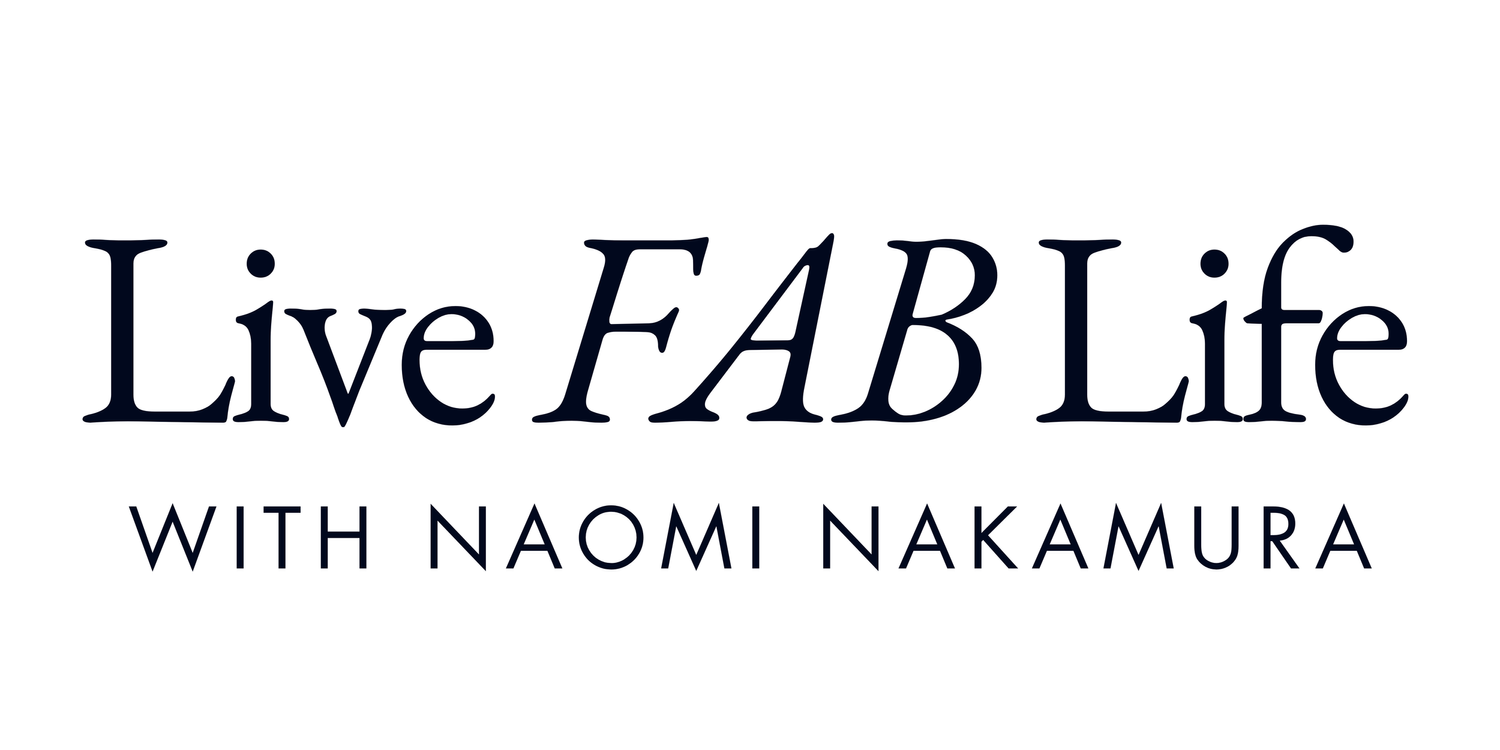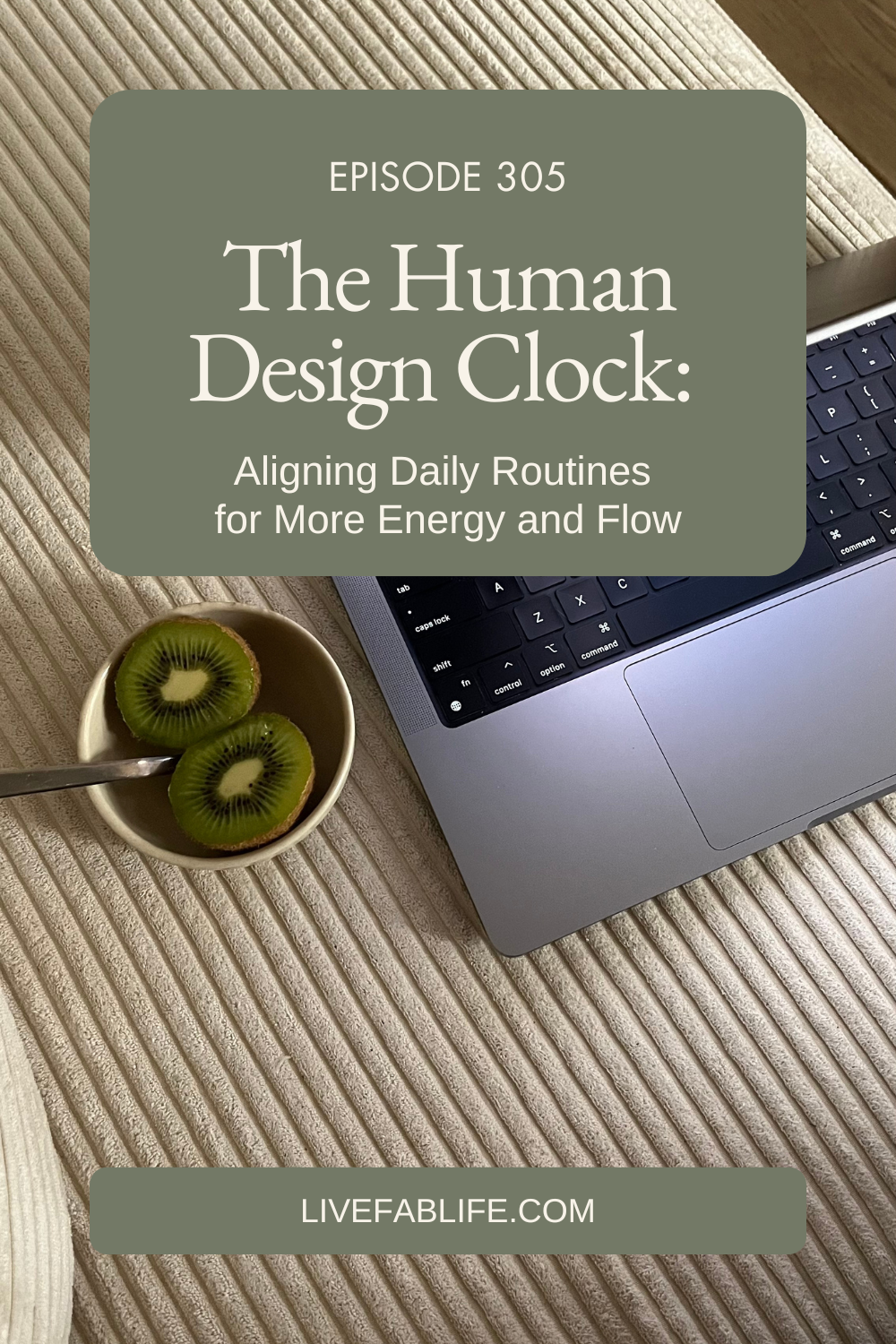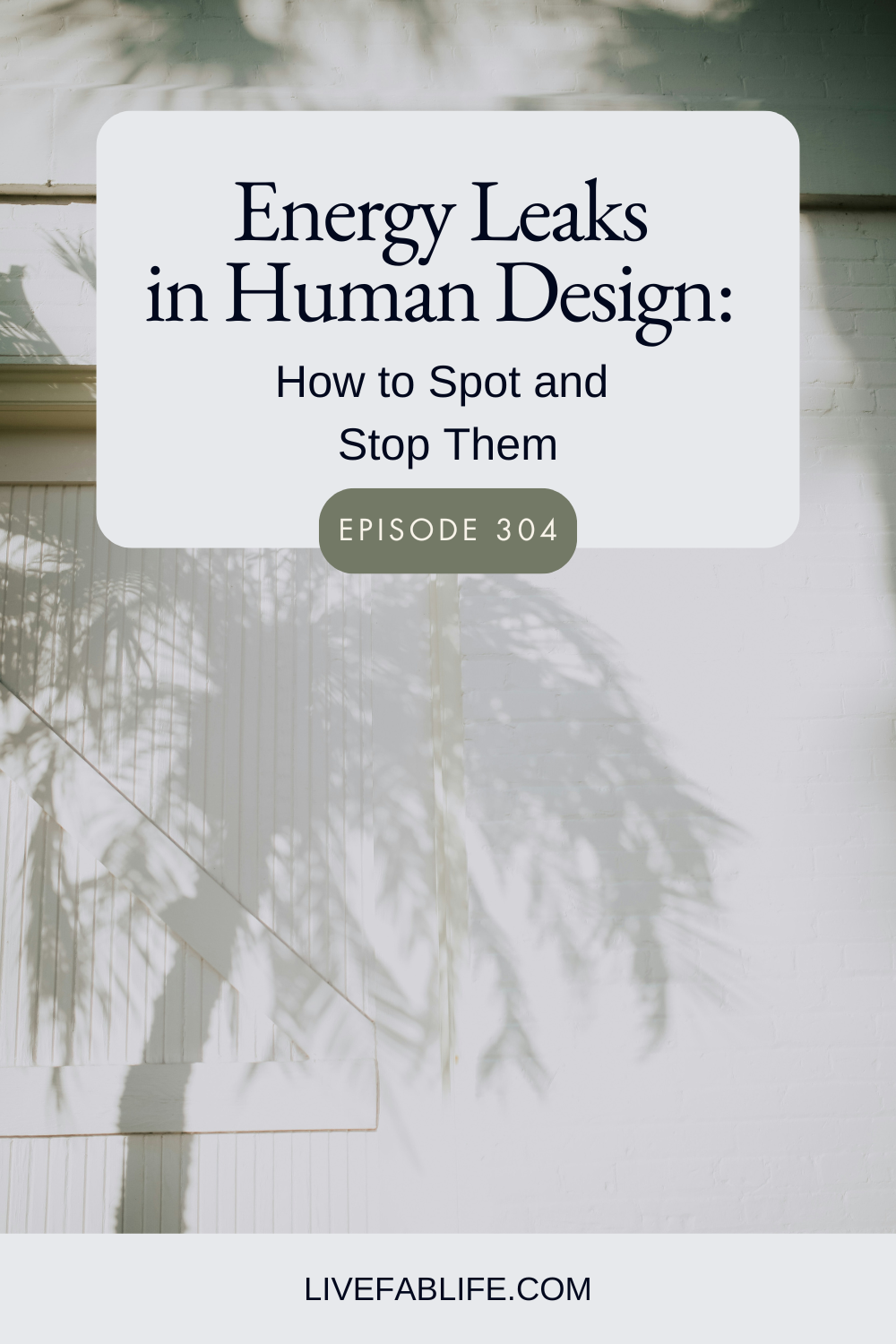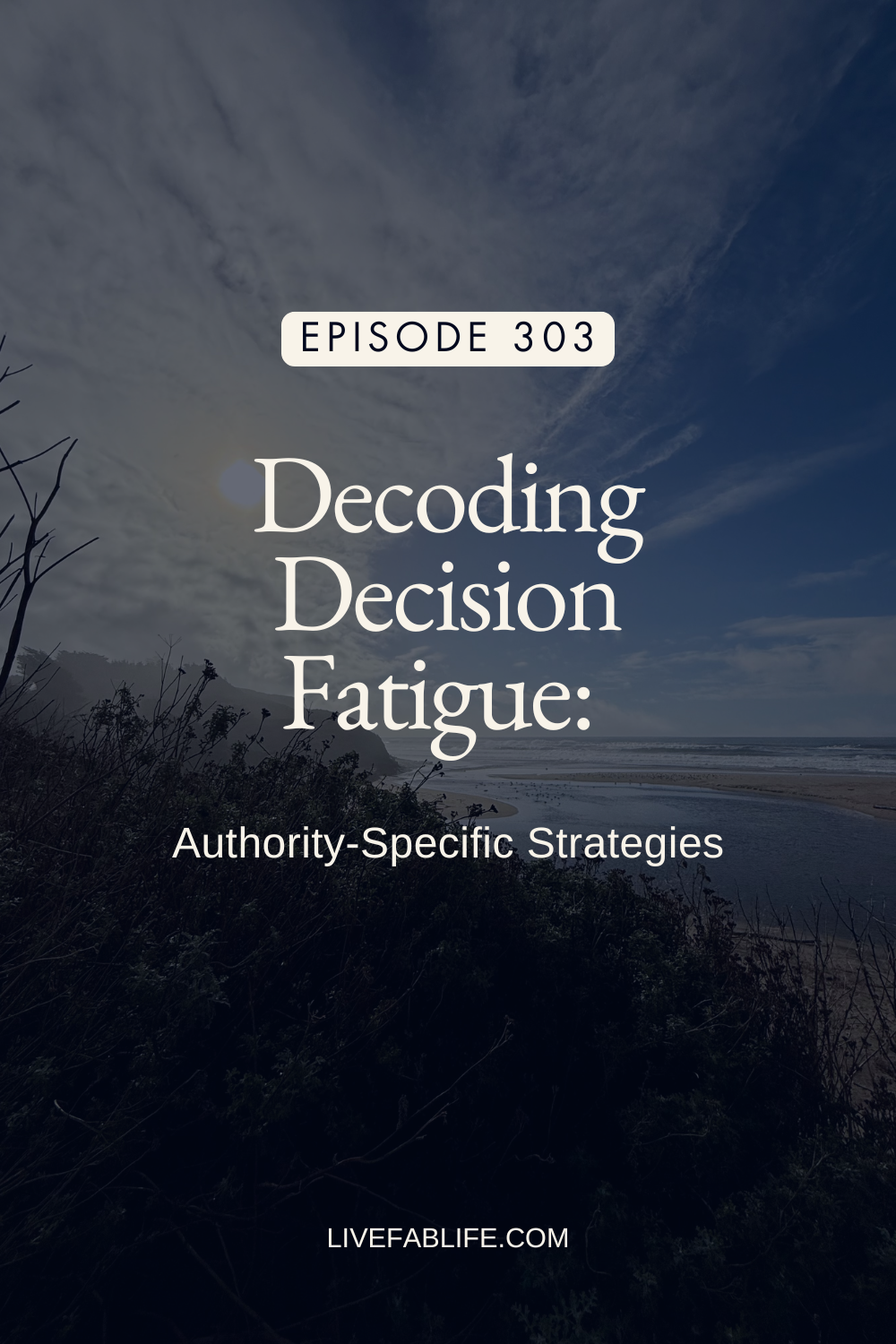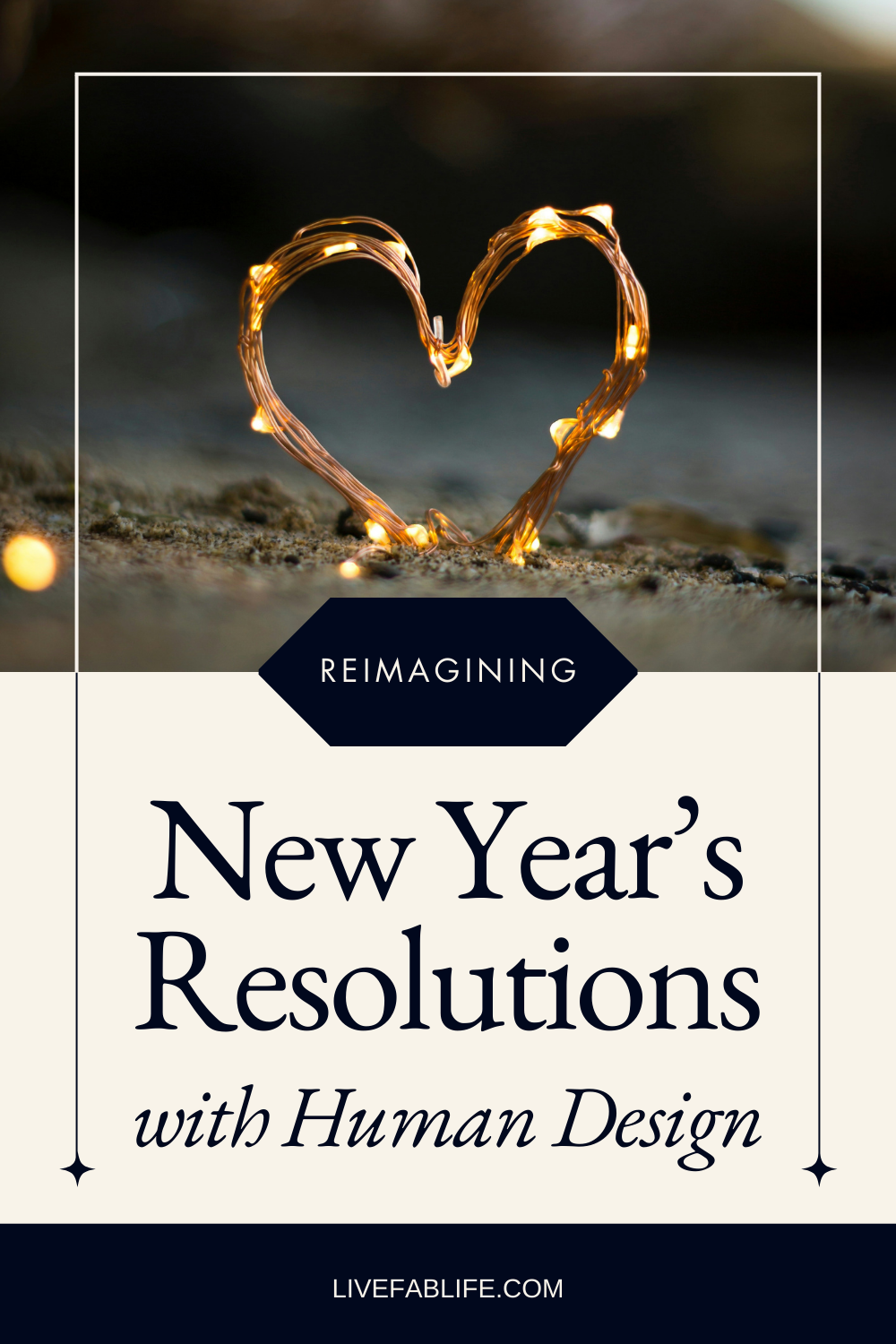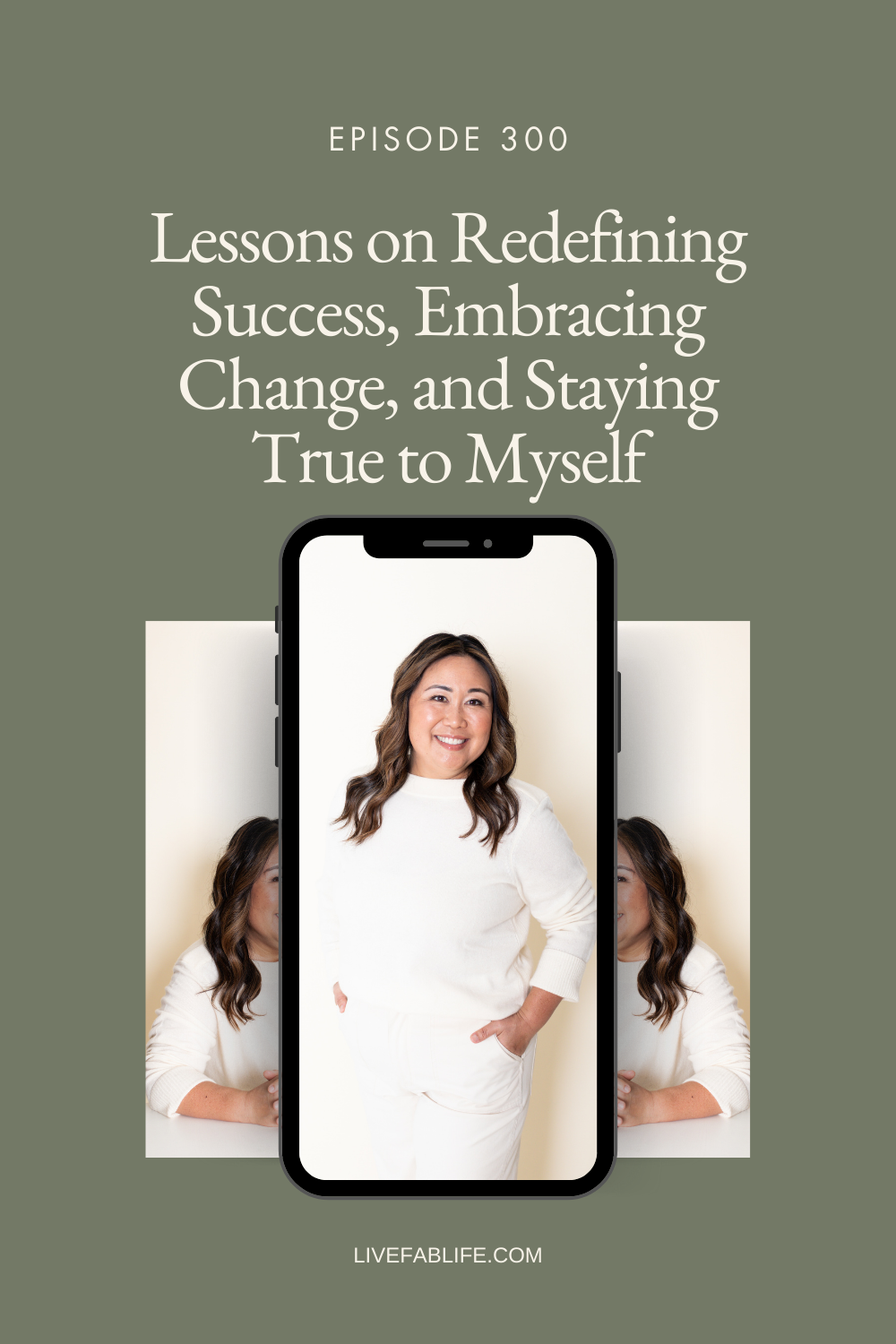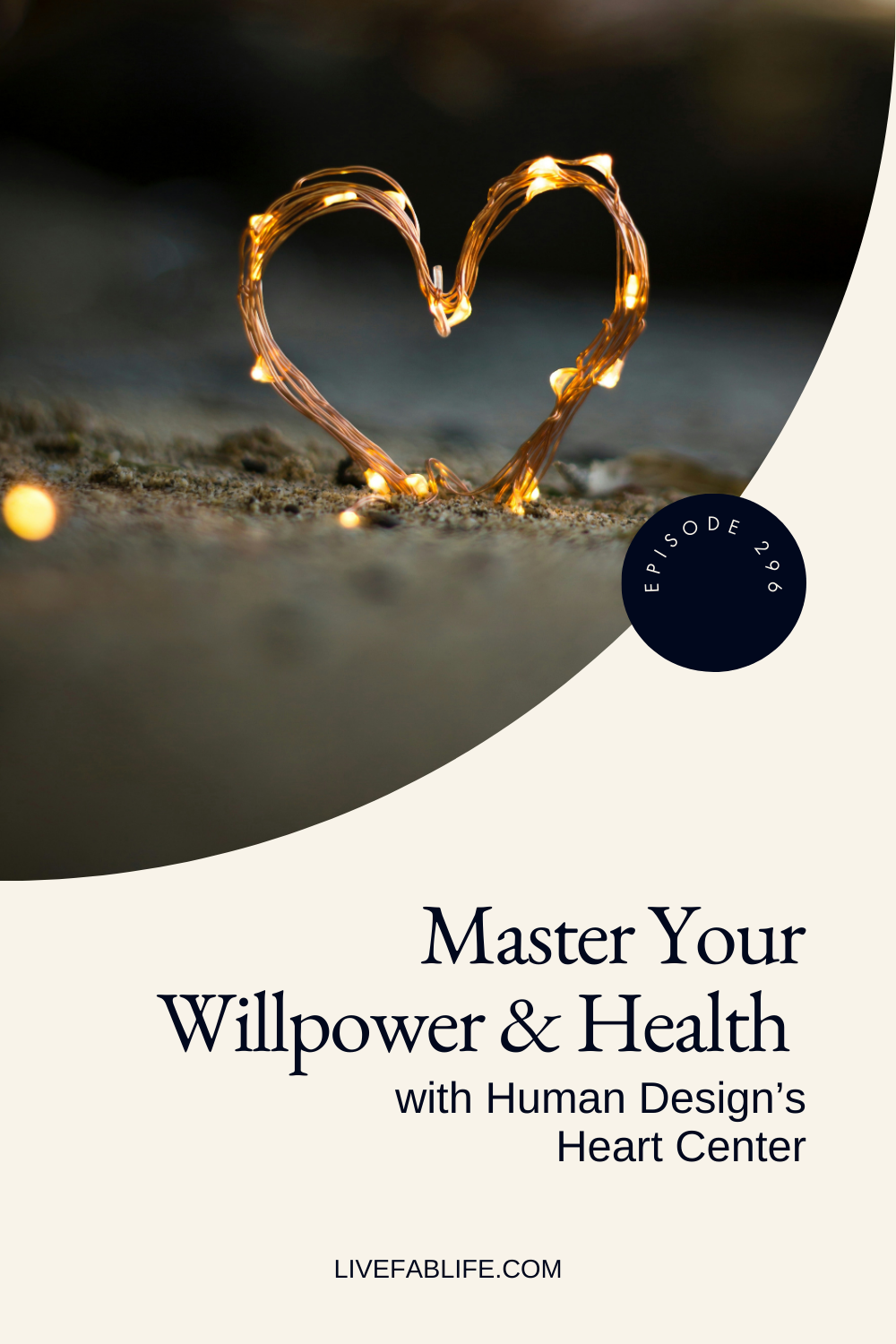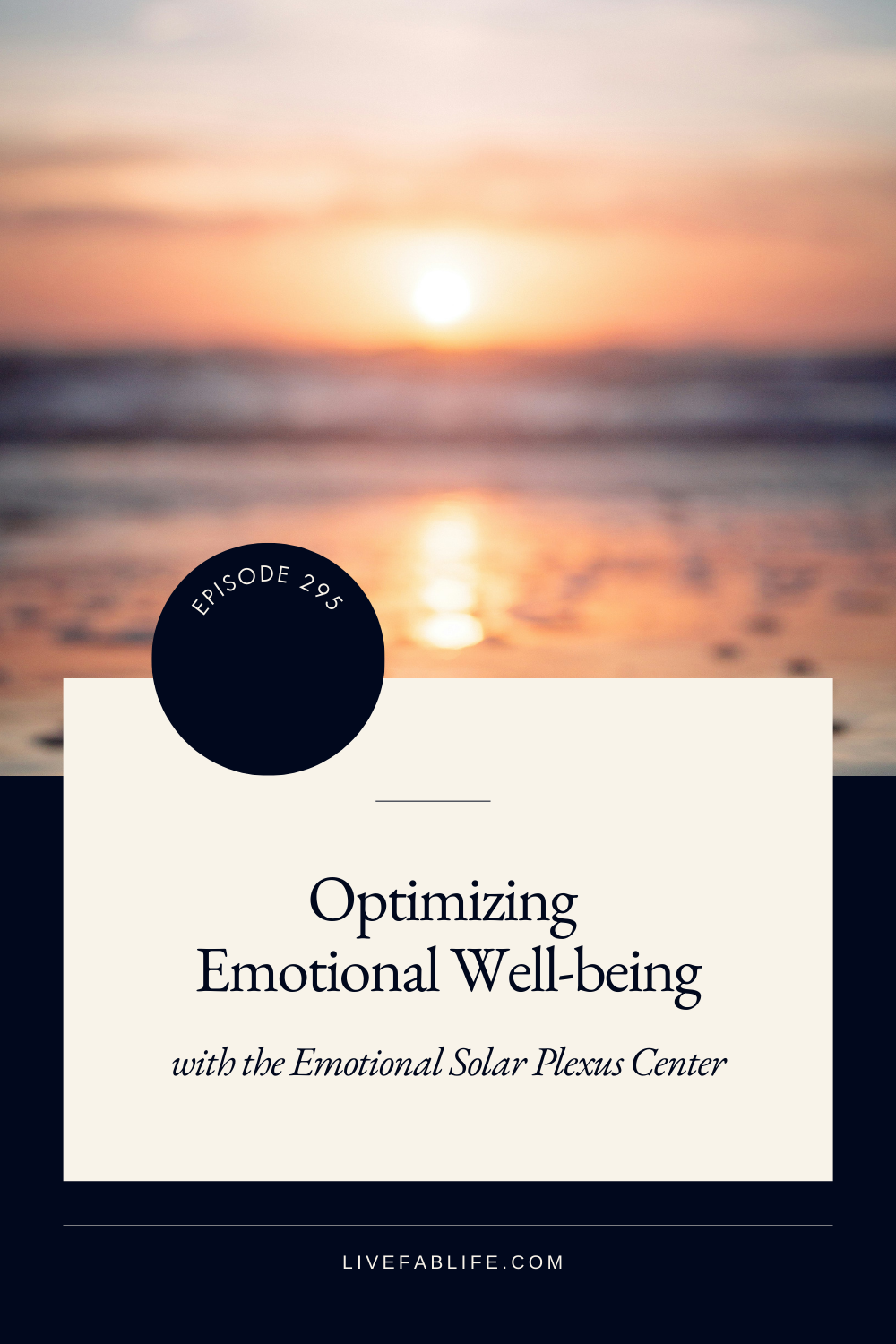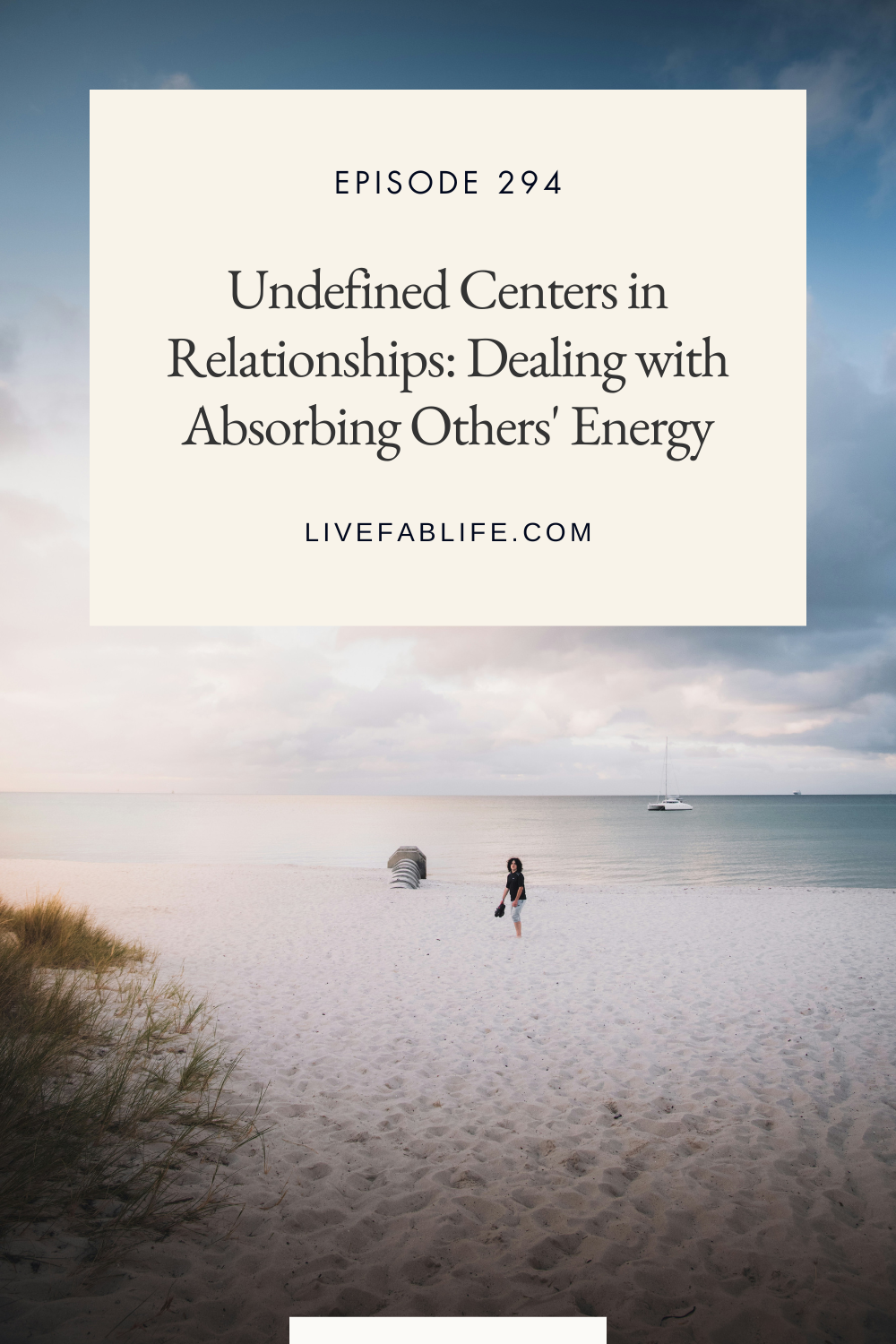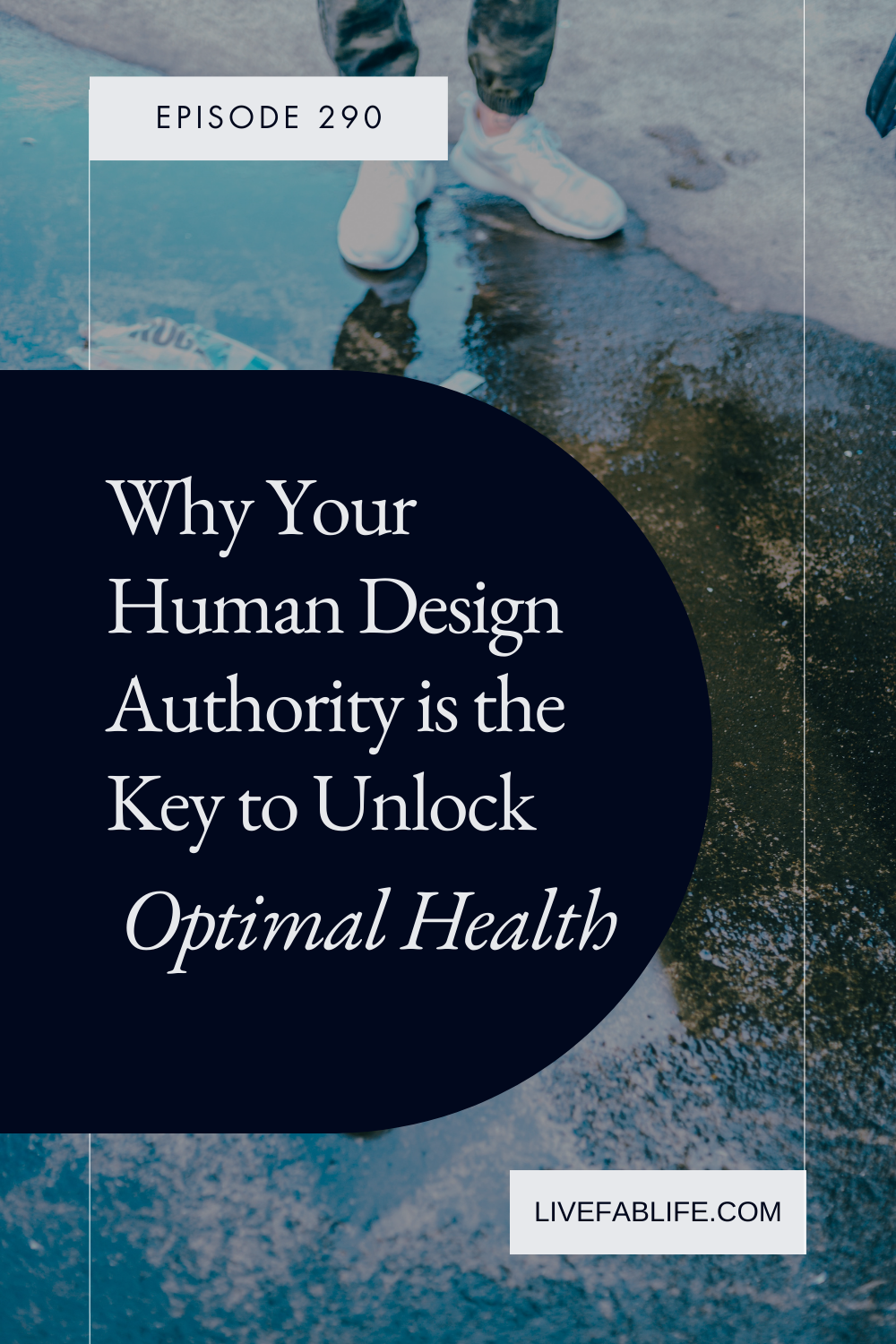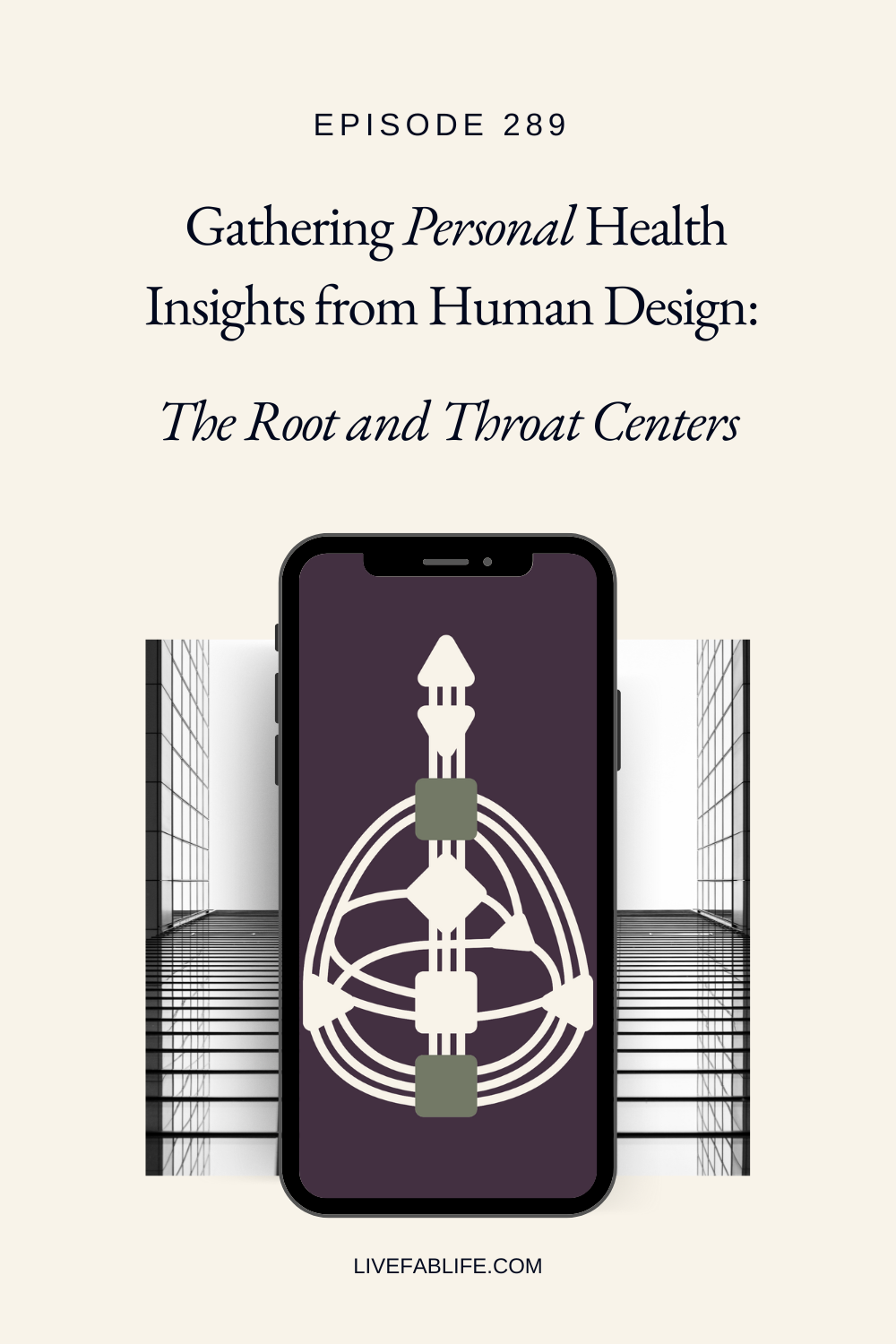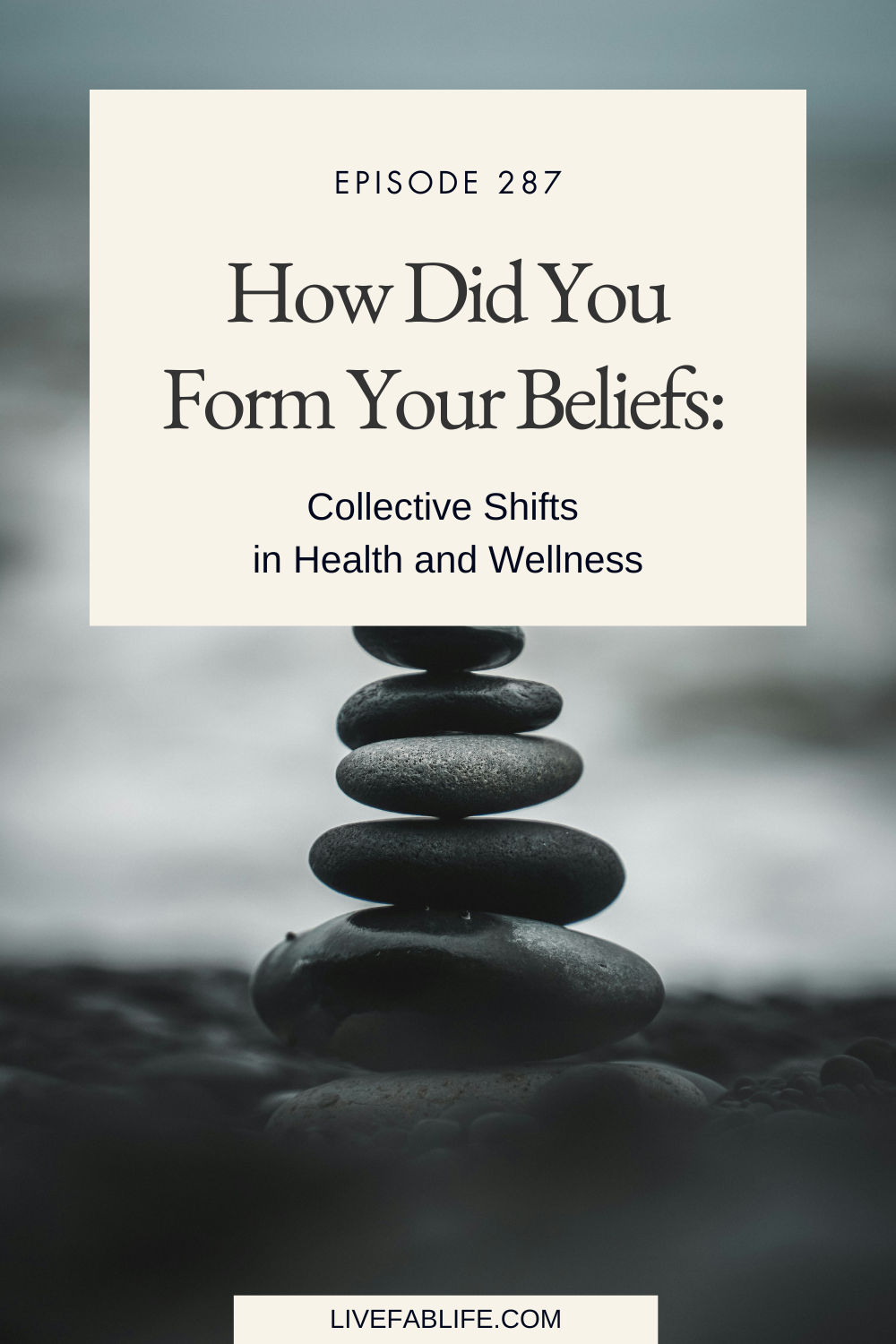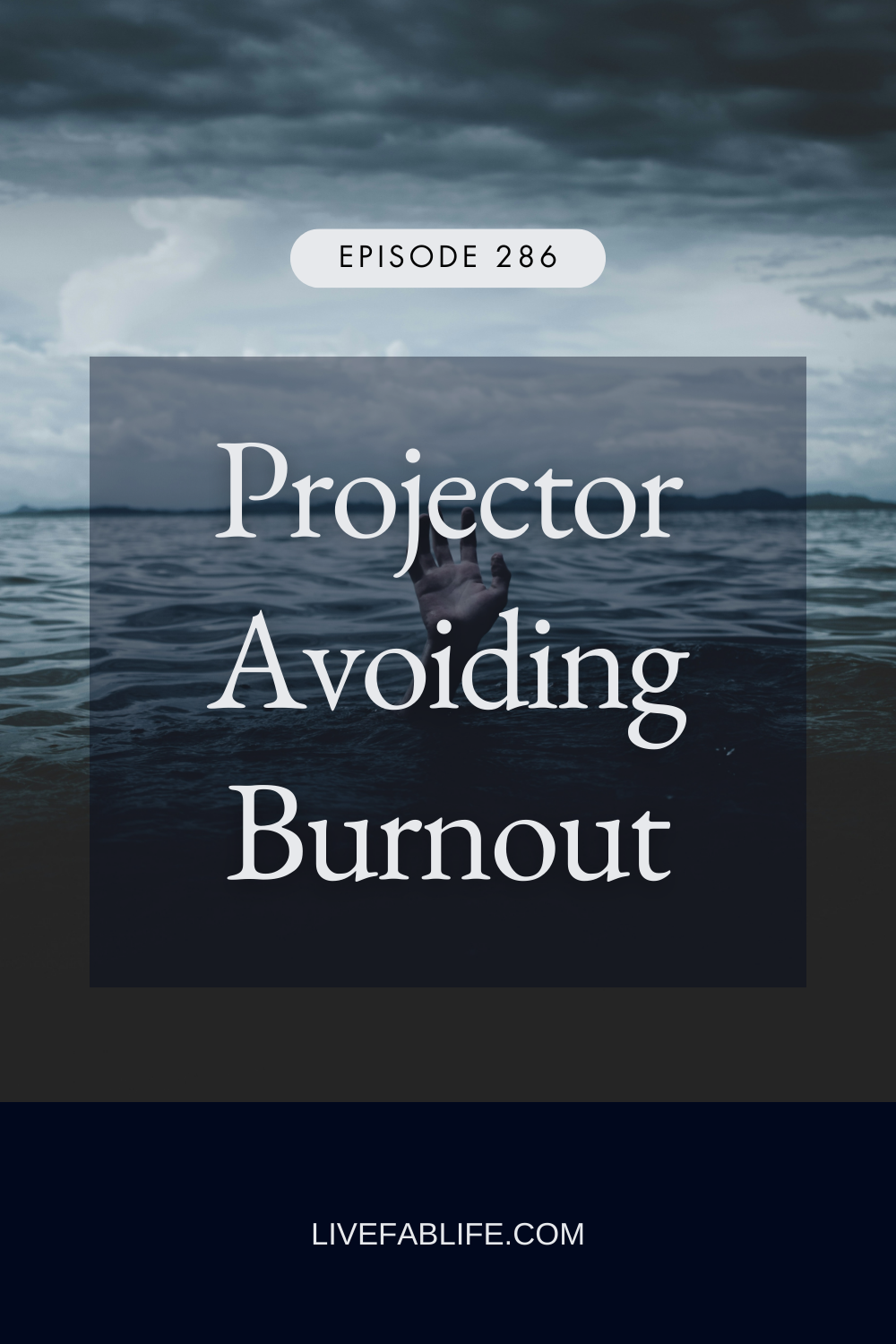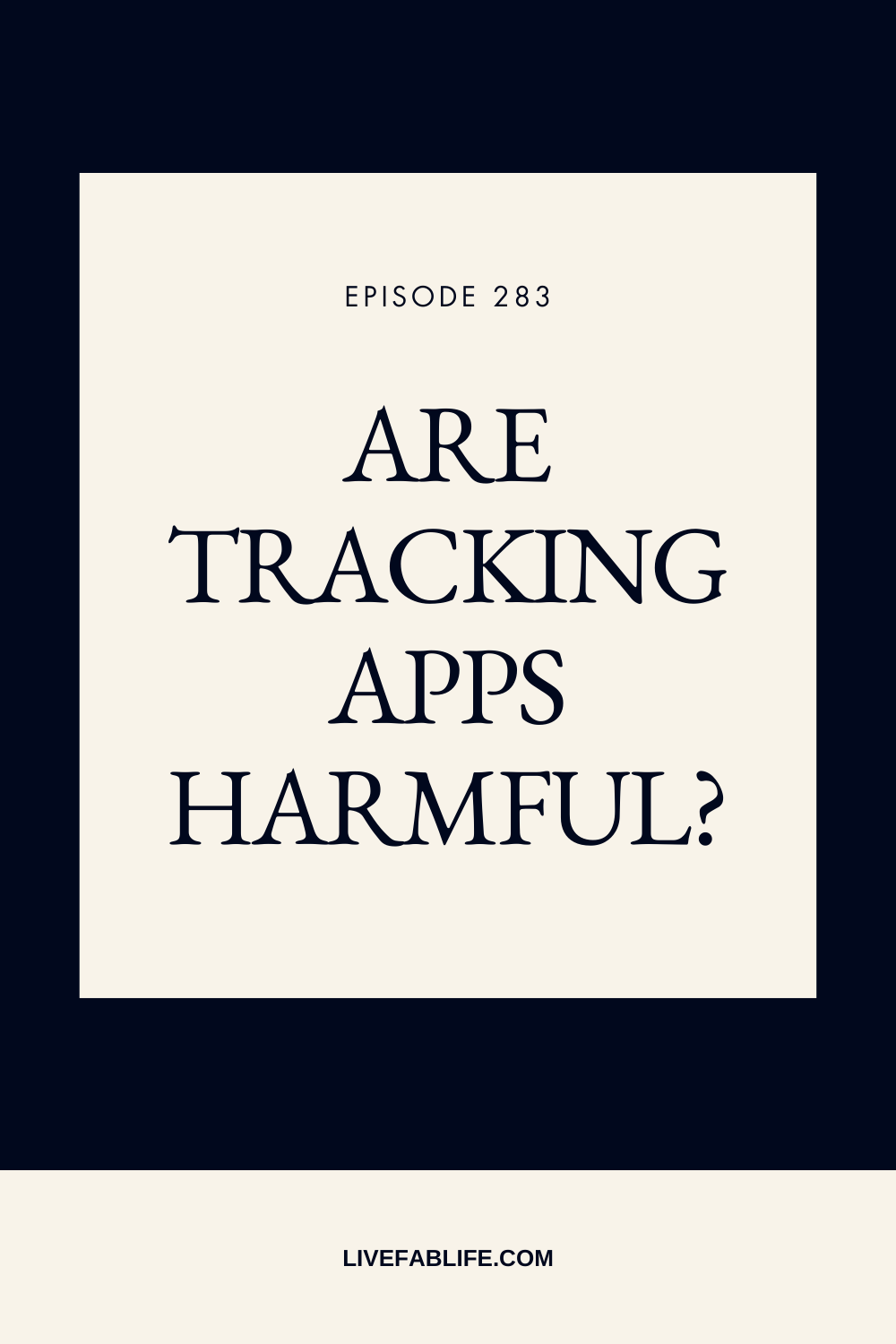Episode 181: What Your Human Design Reveals
For the past four years, this show has explored all the ways that we experience stress, fatigue, and burnout, focusing on addressing it through Functional Nutrition and what we put on our plates, gut health, environmental inputs, and lifestyle factors.
Over the past couple of months, through solo shows and guest interviews, I’ve primed you with the notions that peeling back the layers, and taking a functional approach into why these things happen, goes beyond what's on our plates and into what’s also going on with our minds, thoughts, emotions in addition to our physical bodies.
Human Design has been the system that’s helped me become aware of how these things are tied together and how to address them in a bio-individual way that’s unique to me.
So in this episode, we’re diving more deeply into Human Design. You’ll hear me share:
What exactly Human Design is and its origin story
What are the benefits of Human Design
Two examples of how it links to specific health conditions I’ve had - thyroid and adrenal dysfunction
Listen to the Episode:
Mentioned in this Episode:
Episode 175: Live Your Life Through A Healthy Nervous System with Dr. Shea Osuna
Episode 176: Exploring Brain Rewiring to Manage Anxiety, Overwhelm & Exhaustion with Carly Lockman
Episode 179: Subconscious Capacity Building with Nadia Gabrielle
Episode 177: Wardrobe as Wellness with Jenny Wirt of Sartorevi
Connect with Naomi:
Share the Episode:
“At the root of our stress, fatigue and burnout are our inability to effectively communicate, establish and uphold boundaries because we’re afraid of how we might be perceived or judged, and we feel guilty about needing these things, to begin with.”
Read the Transcript:
Hey friend, welcome back to The Live FAB Life Podcast. I’m your host, Naomi Nakamura.
Over the past year, you likely have noticed a shift in the topics here on the show. Well, not so much a shift, more of an expansion.
For the first four years of this show, can you believe next month will be 4 hours already?!, I’ve focused on the episodes on four categories - Nutrition and what we put on our plates, Gut Health, Environmental Toxins and Lifestyle topics, with things like exercise and movement, sleep, stress, basically the catchall for all the additional wellness topics I’ve dedicated episodes to.
While those topics are still critical topics of this show and the work that I do, I’ve come to learn, through my own experiences and from those that I work with, as we take a functional approach and peel back of the layers of why these things happen, at the root of much of our stress and struggles is our work, relationships, and what goes on inside, not just with our physical insides, but with our thoughts and emotions.
So I’ve spent the past couple of months priming you to expand into an even deeper exploration of this through:
Episode 174: Your Body Keeps Score: How Your Life Experiences Are Stored In Your Tissues with Dr. Shea Osuna Episode 175: Live Your Life Through A Healthy Nervous System with Dr. Shea Osuna Episode 176: Exploring Brain Rewiring to Manage Anxiety, Overwhelm & Exhaustion with Carly Lockman" Episode 179: Subconscious Capacity Building with Nadia Gabrielle And even Episode 177: Wardrobe as Wellness with Jenny Wirt of Sartorevi
And with the last episode, Episode 180 I talked about, really, the intersection of where health coaching and Human Design meets. And hopefully by now, I’ve been able to paint a clear picture for you on why I’ve added Human Design as a core part of my health coaching practice and approach.
You’ve heard me share how Human Design has become a powerful tool for me personally, as I continue the ongoing management of my stress, to minimize my fatigue and burnout. And when I’m able to do so, it ultimately supports my overall health.
Because like I mentioned, we take a functional approach in our health, an approach that has always and will continue to be the foundation of my work, it’s about asking not just “what”, but “why?”
Why am I tired and burnt out? Why am I having thyroid problems? Why are my adrenals dysfunctioning? And with each answer we keep asking, “But why?” because that’s how we get to the true root of the problem. It’s like being the little kid who keeps asking, “But why?”
Over the past year, as I’ve kept asking, “Why?” I’ve seen how our stress goes even deeper than being rooted in our work and relationships. What I’ve come to realize is that at the root of most, not all, but most of our stress is our ability to communicate, establish and uphold boundaries.
What I mean by this is our ability to communicate to those closest to us, what we need from them as our partners, family, friends, colleagues - what we need from them to feel loved, seen, supported, acknowledged, respected, appreciated - when we need it, and why.
And then also the ability to establish, clearly communicate and uphold our boundaries.
Think about it, at the root, the very root of much of our stress, anxiety, dysfunction are these things.
And for many of us, we’re unable to do these things, or do them well, because of fears of how we might be perceived, judged, or even lashed back at, guilt about why we need these things to begin with, and then sometimes it’s actually a total lack of awareness about what we even need to begin with.
Let’s take a closer look at two personal stressful struggles that I’ve had.
First, as long time listeners may already be familiar with, I’ve had a thyroid condition, specifically, hypothyroidism.
Some of the symptoms I experienced were fatigue, unexplained weight gain, dry skin, a puffy face, muscle weakness and joint pain which, I think, a lot of my sports injuries could be attributed to, and even bouts of anxiety and depression.
Now, while I did take medication to manage my symptoms in the short-term, I took a step back to look at the big picture.
Was it really my thyroid? Could my IBS, SIBO, Leaky Gut, hormone imbalances all be connected to this? What do all these things have in common?
Well, they’re rooted in stress. So - what’s stressing me out?
In addition to medications, food and lifestyle did help me manage some of my symptoms - removing sugar, gluten, dairy and other food sensitivities, getting more sleep, taking a probiotic and other targeted supplements, meditation and breathwork - all things that help manage stress.
But a holistic treatment for thyroid dysfunction is speaking your truth. And this hit the nail on the head for me. I didn’t feel empowered to speak my truth, but more importantly, why?
I lacked confidence, wasn’t communicating effectively, and to a certain extent, didn’t know my own voice!
Now, this podcast has been a significant part of my healing in learning how to find my voice and speak my truth. And guess what - I’m not on thyroid medication anymore and all those other conditions I had, for the most part they’re either cleared up or well-managed now.
Taking it a step further, when I started digging into Human Design and learning about my design, one of just two defined energy centers in my chart is the Throat Center! And the throat is embodied by the thyroid and governs communication and self-expression. And not owning my voice, not honoring what I want to express, not trusting what comes out of my mouth - well that’s not being in alignment with who I am, so it’s no wonder I had a dysfunctional thyroid! And when the thyroid, the master gland in our body isn’t functioning properly, we become vulnerable to all the other possible side effects!
Learning about my Human Design didn’t shed new light on this, I’d already known that speaking your truth is part of the thyroid holistic healing path, but it sure put things into context for me and validated when I already believed to be true.
The second personal story I’d like to share, is also one that isn’t new to long-time listeners. It’s my struggle with adrenal fatigue. Yes, yes, I know that technically your adrenal glands can’t get “fatigued” but its the popular term for dysfunctioning, overtaxed adrenal glands.
And adrenal dysfunction is what got me into health coaching to begin with, because it was my gateway into functional health and what first got me on the path of asking, “but why is this happening, and what’s really at the root of this?”
If you haven’t heard this part of my story before, I trained for long-distance running, for half marathons and marathons, nonstop for about six years. To say that my life completely revolves around it would be an understatement. I ate, slept and breathed training. It dominated my social life, personal life, work life - everything.
And all along the way, my body kept breaking down. It was always one injury after another. And that was just what you could see on the outside.
My body broke down even worse on the inside with pretty bad digestive issues, hormone imbalances - I mean, its all connected, right?
And it got to the point where the thing that I started doing, running, to relieve stress, became the biggest source of stress in my life.
I didn’t have healthy boundaries around it, I was ashamed to admit to myself that I needed a break - not a short, two week break, but a long-term, likely a permanent break. But mostly, I was afraid of what others thought of me. It was a self-imposed pressure that was breaking me.
Once I became aware of it, I went through this phase of having my mind blown that there is such a thing as too much exercise. You see, as someone who lived a very sedentary life through childhood, teenage years and early adulthood, I took so much pride in the lifestyle that I’d been living. And to learn that overexercises and overtraining are very real things and can actually be harmful to your health - well it was a lot to process.
As well-documented in my personal blog, as well as in older blog posts and episodes here, I went through the diet and lifestyle steps of recovery and healing my adrenal function, but in the spirit of the functional approach, I kept asking myself, “Why?”
Well for starters, I don’t do well with self-moderation.
If you’re familiar with the work of Gretchen Rubin, of Abstainers vs Moderators, I’m an Abstainer. It has to be all or nothing for me. 80/20 rules and other self-moderating approaches - well, I fail at them. While this never really bothered me, I did wonder, “Why am I like this?”
Fast forward to learning about my Human Design, specifically two aspects of it - and undefined Root center and an undefined Sacral center.
The Root center is embodied by the adrenal glands. It governs drive, momentum, forward progress. It’s also a pressure center. And for those of us who have it undefined, we’re not meant to put undue pressure on ourselves.
We’re vulnerable to absorbing stress and pressure from others. And if we’re not careful and have healthy boundaries around it, it can lead to adrenal dysfunction which among other things, shows up as fatigue & burnout.
The Sacral Center is our source of lifeforce energy. It governs our vitality and ability to sustain life.
It's why, when a defined Sacral Center automatically makes a person either a Generator or Manifesting Generator, the two Human Design types with the most energy, stamina and endurance.
Having an undefined Sacral Center doesn’t mean we’re less energetic, rather, we have a natural calmness while also amplifying the energy from others. What this looks like is having temporary bouts of extreme energy or productivity that’s not sustainable.
It needs to be balanced with periods of rest.
Another gift of the Sacral Center is the ability to self-moderate. Those who have it defined can do so, they know when enough is enough. Those who don’t have it defined don’t.
When I learned this, gosh it made so much sense. No wonder, I’m an “all or nothing” person. No wonder, I have a tendency to “over do” things - over eat, over work, over train.
Can you see how powerful Human Design can be in helping you understand yourself? Validate what you already know to be true, but not sure how or why?
General, blanket statement advice on diet, lifestyle and life, can only take you so far. To truly understand what’s at the root of something, and then how to address it in a way that’s best meant for you, requires deep understanding and self-awareness, and Human Design, along with self-observation with non-judgement, are among the tools to help you get there.
So to answer a few questions I’ve gotten about Human Design:
What exactly is Human Design?
I’ve previously answered this by explaining that Human Design a framework that can help you understand yourself, but it’s origin story is that:
Human Design is based upon ancient systems of astrology, the chakra system - which is why you heard me refer to energy centers, the Chinese I’Ching system, the Kabbalist tradition, and the modern systems of Astronomy, Quantum Mechanics, genetics, and biochemistry. There’s a lot to it! ⠀⠀⠀⠀⠀⠀⠀⠀⠀ The founder of Human Design has said, “Human Design is not a belief system. It does not require that you believe in anything. It's neither stories nor philosophy. It's a concrete map to the nature of being, a mapping of your genetic code. It reveals our complete nature in all its subtleties. Human Design opens the door to the potential of self-love, a love of life, and the love of others through understanding.”
And when you’re able to love yourself and understand and love others, that’s how you have a love for life, feel joy, feel happy and happy people are healthy people.
For me, Human Design has been a personal roadmap, a user guide, if you will, that helps me get-to-know myself and all of my subtleties, understanding who I am, not what I’ve been conditioned to be.
What are the benefits of Human Design?
I’m sure everyone who embraces their Human Design has a different answer for this, but personally speaking, knowing, understanding and most importantly, integrating my Design has (re)affirmed aspects about myself that deep down I knew to be true but either never gave myself the permission to explore or had never been acknowledged by anyone else.
Again, the subtleties of ourselves that I’ve come to appreciate and embrace. Things about myself where in the past, I’d been embarrassed about and thought needed “fixing.” ⠀⠀⠀⠀⠀⠀⠀⠀⠀ My Human Design gives me context and perspective that helps me adjust to changes,big and small, that happen every day so that I know how to best respond, considering not only myself, but others who are involved, especially if I know their design as well.
I understand how to best create opportunities and make decisions for myself. ⠀⠀⠀⠀⠀⠀⠀⠀⠀ In short, integrating my Human Design builds my confidence, every day, teaching me how to trust myself and my instincts, giving me permission let go of fear and doubt. ⠀⠀⠀⠀⠀⠀⠀⠀⠀ But beyond what it does for me, it also helps me understand others, like I said, when I know their design, and how to best communicate and interact with them so that we both feel supported and productive. ⠀⠀⠀⠀⠀⠀⠀⠀⠀ I can go on and on, but in short, my Human Design helps me to better manage my energy and in turn stress so that I feel like I’m experiencing life with more appreciation and less resistance, rather than just going through the motions. ⠀⠀⠀⠀⠀⠀⠀⠀ And this is just the tip of the iceberg.
Now, I contemplated really getting specific and breaking down the Human Design chart for you, but this episode is getting fairly long, so I’ll either save that for another episode, or another resource for you, whether that be in a video, workshop or PDF. Not sure but I will keep you updated!
Now, as I mentioned at the beginning of this episode, I’ve purposefully spend the past couple of months prepping you toward this, and for at least the next couple of upcoming months, maybe even longer, we’re going to go full steam ahead with laying the foundation of Human Design and how it can be used a tool for health.
That’s it for today, thanks for listening and hope you’ll continue on with me on this journey into Human Design!
Bye!
Naomi Nakamura is a Health x Human Design coach who’s creating a healthier society through aligned energy.
She blends a bespoke mix of Functional Nutrition and Human Design to help others shift into alignment to leverage and correctly manage their energy to support their body, mind, and spirit.
She believes that when we embrace our authenticity and lean into our bio-individuality, we naturally live a life of freedom, empowerment, and optimal health.
Naomi resides in the San Francisco Bay Area and can often be found exploring the area with her puppy girl, Coco Pop!
Connect with Naomi on: Instagram
| Pinterest
